17 Unusual Ways People Ring In The New Year Around The World
In Spain, they eat 12 grapes for luck.

In Belgium, children write New Year's letters to their parents.
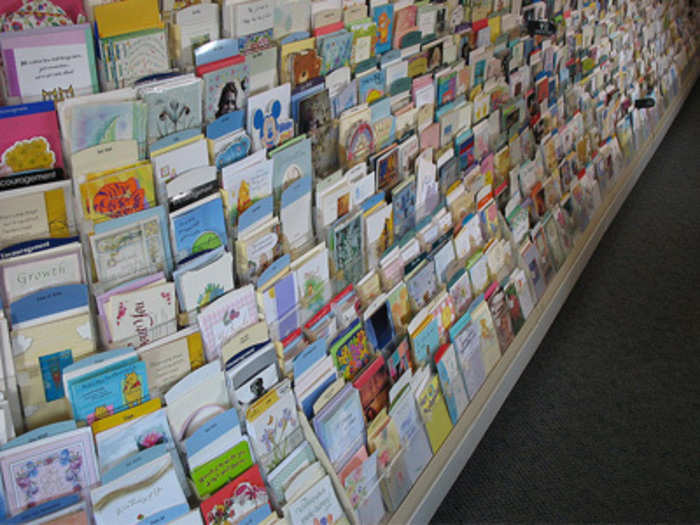
In Belgium, New Year's Eve is called Sint Sylvester Vooranvond. Besides toasting with the customary champagne, Belgian children write New Year's letters to their parents or godparents on New Year's day.
They decorate the cards with fancy paper complete with cherubs, angels, and colored roses and then read them aloud.
In Greece, people hang an onion on their doors.

It's believed that hanging an onion, or "kremmida" on your door on New Year's eve as a symbol of rebirth in the coming year. The following morning, parents traditionally tap their children on the head with the kremmida to wake them up before church.
Greeks also commonly break a pomegranate on their doorstep before entering their houses on New Year's Day, another symbol of prosperity and good luck.
In Denmark, people eat a really huge cake...and throw dishes.
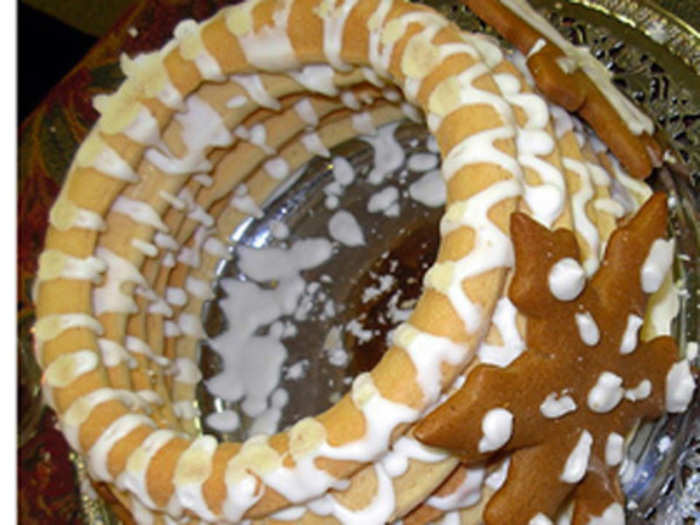
People in Denmark prepare an evening meal that ends with a special dessert known as Kransekage, a steep-sloped cone-shaped cake decorated with fire crackers and flags.
Also, it is thought that throwing dishes on someone's doorstep on January 1st assures they will have many friends in the year ahead.
In Japan, it is believed the God of the New Year comes down to Earth.
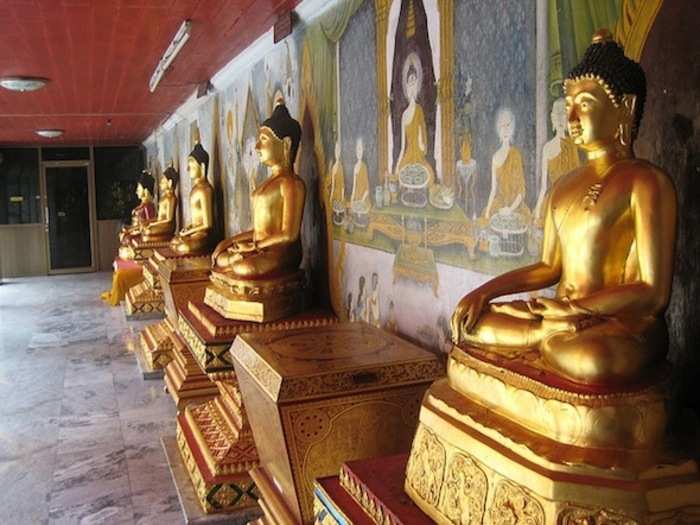
On New Year's Eve in Japan, Buddhist temples ring their bells 108 times to welcome Toshigami, the New Year's God.
The Japanese also clean their homes and send thank-you cards called nengajo that wish a Happy New Year and give thanks to friends and relatives.
In Estonia, they eat up to 12 meals that night.
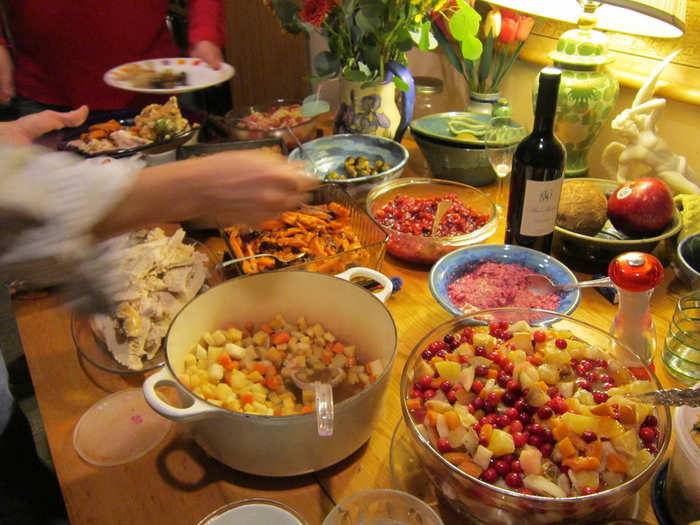
Some people in Estonia believe that they should eat seven, nine, or twelve meals on New Year's Eve. With each meal consumed, it is believed that the person gains the strength of that many men the following year.
You don't eat the entire meal, however — part of the meal is left unfinished for the spirits or ancestors who visit the house on New Year's Eve.
In Finland, people tell one another's fortunes with melted "tin."

A Finnish new year tradition is called molybdomancy, which is the act of telling New Year's fortunes by melting "tin" (actually lead) in a tiny pan on the stove and then quickly throwing it into a bucket of cold water.
The blob of metal is then analyzed in the candlelight to see what fate will befall the person in the New Year.
In Ireland, women put mistletoe leaves under their pillows to find husbands.

Single women of Ireland place sprigs of mistletoe under their pillows on New Year's night in the hope that it will bring them better luck and a future husband.
Also according to Irish superstition, be wary of who enters your home after the 31st — if the visitor is a tall, dark handsome man, your year will bring good fortune. If it's a red-headed woman, she will bring a lot of trouble.
In Germany, they eat pigs made of marzipan and watch TV.
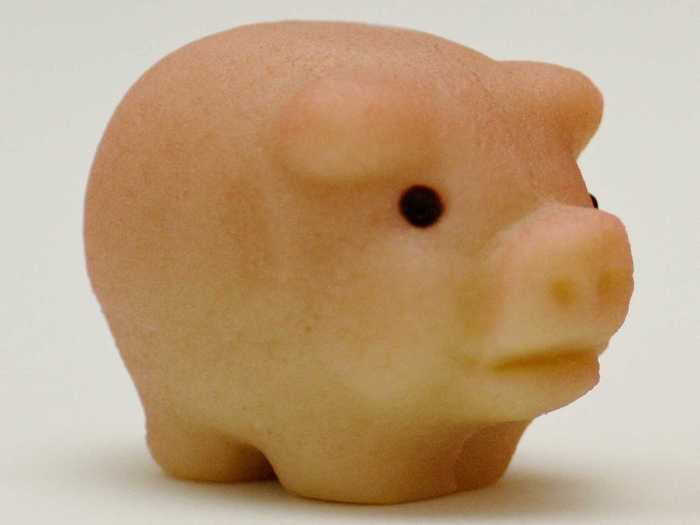
The German people eat jam-filled doughnuts made with or without liquor fillings on New Year's Eve, as well as a tiny marzipan pig as a token of good luck.
The entire country also loves to watch the 1920s British Cabaret play Dinner For One that is broadcast on German television stations in black and white each year.
In Macedonia, people celebrate New Year's Eve twice.
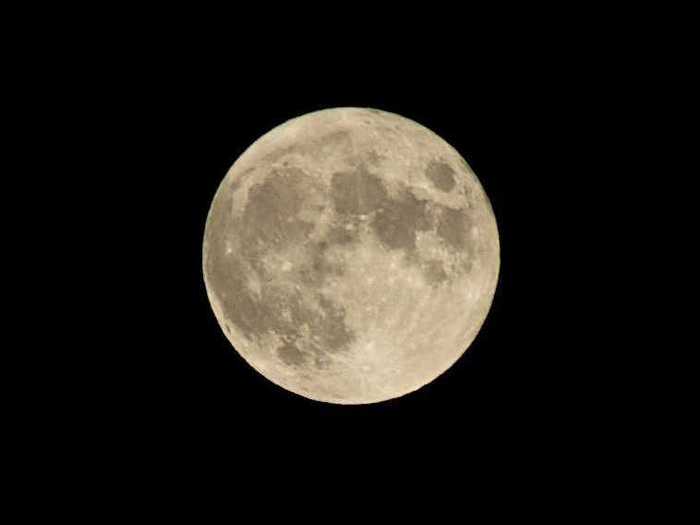
In Macedonia, New Year's Eve is celebrated both on December 31st as well as on January 14 according to the Macedonian Orthodox (also known as the Julian or Lunar) Calendar.
Fireworks happen throughout the day on the 31st, and Macedonian children receive gifts from relatives on the 14th.
In Argentina, people eat beans on New Year's Eve for good luck in the year ahead.
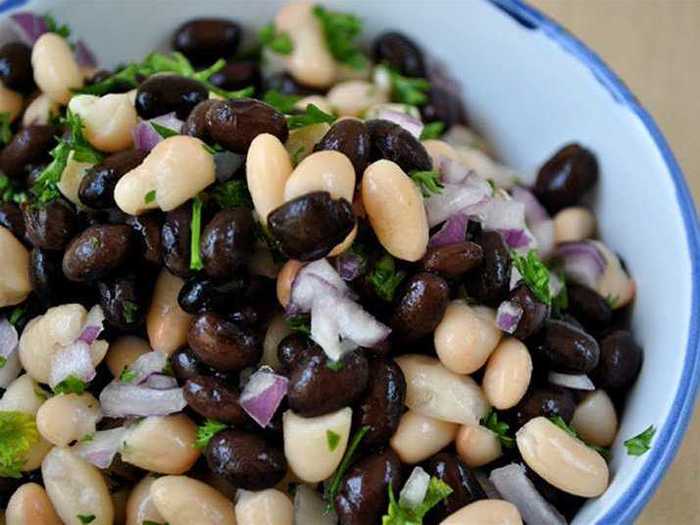
In Argentina, people believe that eating beans before the clock strikes midnight means they will have good luck in their careers in the year ahead.
Some also believe that if they carry a suitcase around their house, they will travel more in the year to come.
In the Czech Republic, fireworks displays light up the sky.
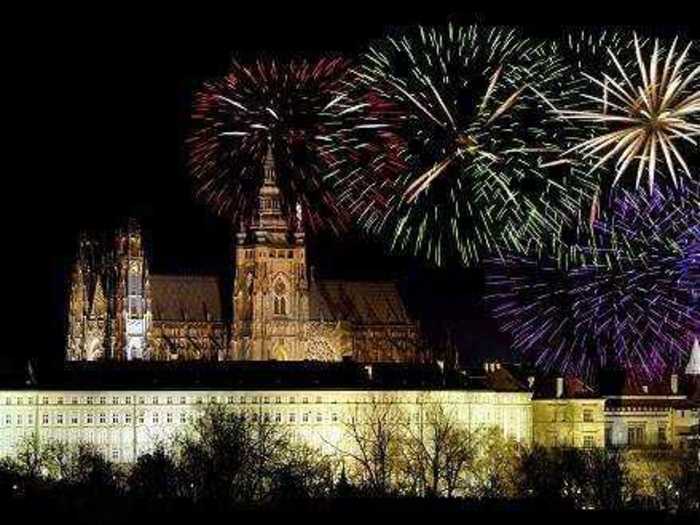
In Prague, visitors can watch an incredible fireworks display on the world famous Charles Bridge after the clock strikes midnight.
Much like in the U.S., people congregate to celebrate the New Year in parties, pubs, clubs, and city squares to drink and celebrate across the country.
Rosh Hashanah, the Jewish New Year, is said to be a day of judgement.
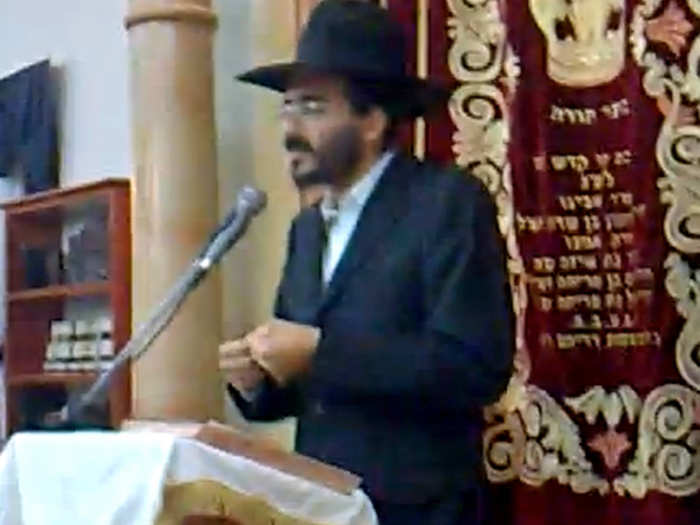
Rosh Hashanah is the Jewish New Year and is known as the Day of Judgment, when God inscribes the fate of every person for the upcoming year in the Book of Life or the Book of Death.
It takes place over two days in early autumn and usually involves synagogue services and a large meal with family and friends.
In Ecuador, people burn effigies of their enemies at midnight.
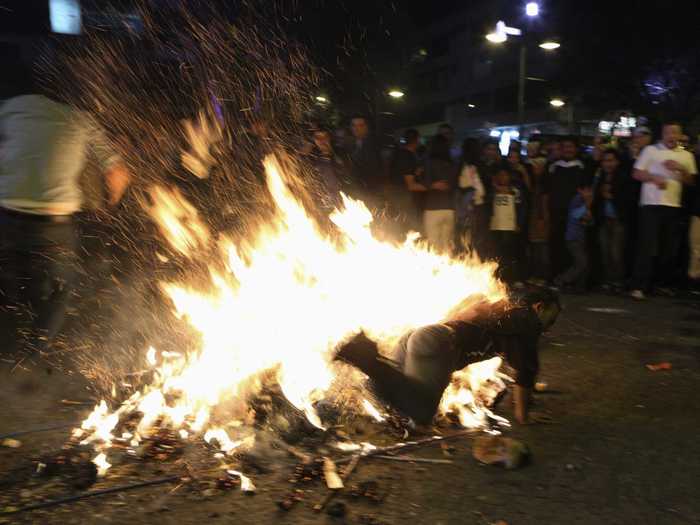
In Ecuador, thousands of life-size dummies representing misfortunes from the past year that are burned in the streets.
The scarecrows are made from newspapers and pieces of wood, and at midnight, everyone gather outside their homes to burn the dummies together.
In China, New Year's rituals include cleaning and buying presents.

Though celebrations to honor the Gregorian New Year are held in major Chinese cities such as Hong Kong and Shanghai, the Chinese Lunar New Year or the "Spring Festival" does not happen until late January or early February.
Traditions vary across China, but many include cleaning the Chinese people cleaning their homes to get rid of bad luck, buying presents for loved ones, and children receiving money in red paper envelopes.
In Serbia, New Year's Eve is like Christmas.
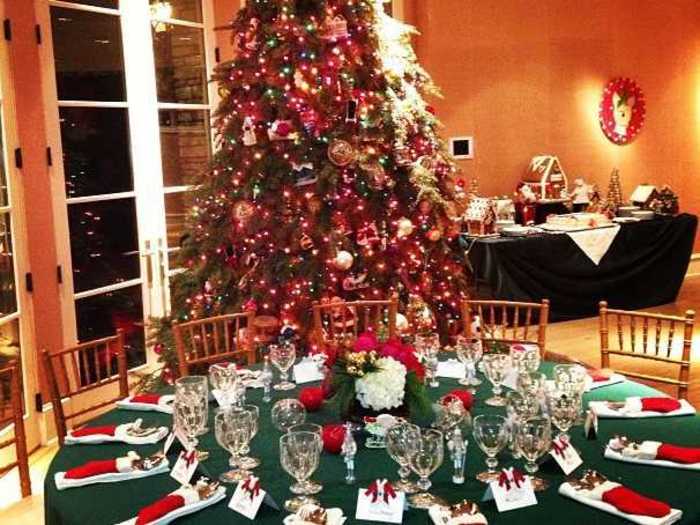
New Year's Eve is celebrated like Christmas in Serbia, where it is believed Santa Clause (or Deda Mraz) visits houses to leave presents under the family spruce tree.
The population then celebrates the "Serbian New Year" on January 13, according to the Julian calendar.
In Iran, the first day of Spring marks the beginning of the New Year.
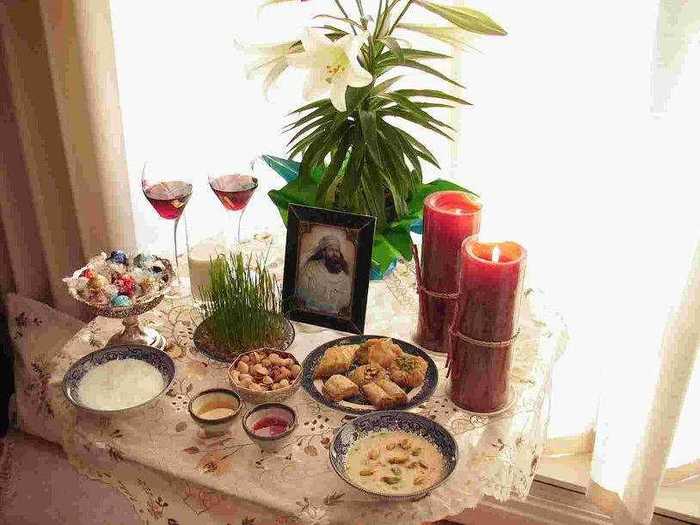
The "Persian New Year" or Nowruz marks the first day of spring and the beginning of the year for the Iranian calendar.
Preparation for Nowruz begins in the last winter month of the Persian solar calendar, and symbolizes the rebirth of the god of sacrifice, Domuzi. A man dressed as Domuzi has his face painted black and dances through the streets with tambourines and trumpets dressed all in red to symbolize good luck.
Popular Right Now
Popular Keywords
Advertisement
